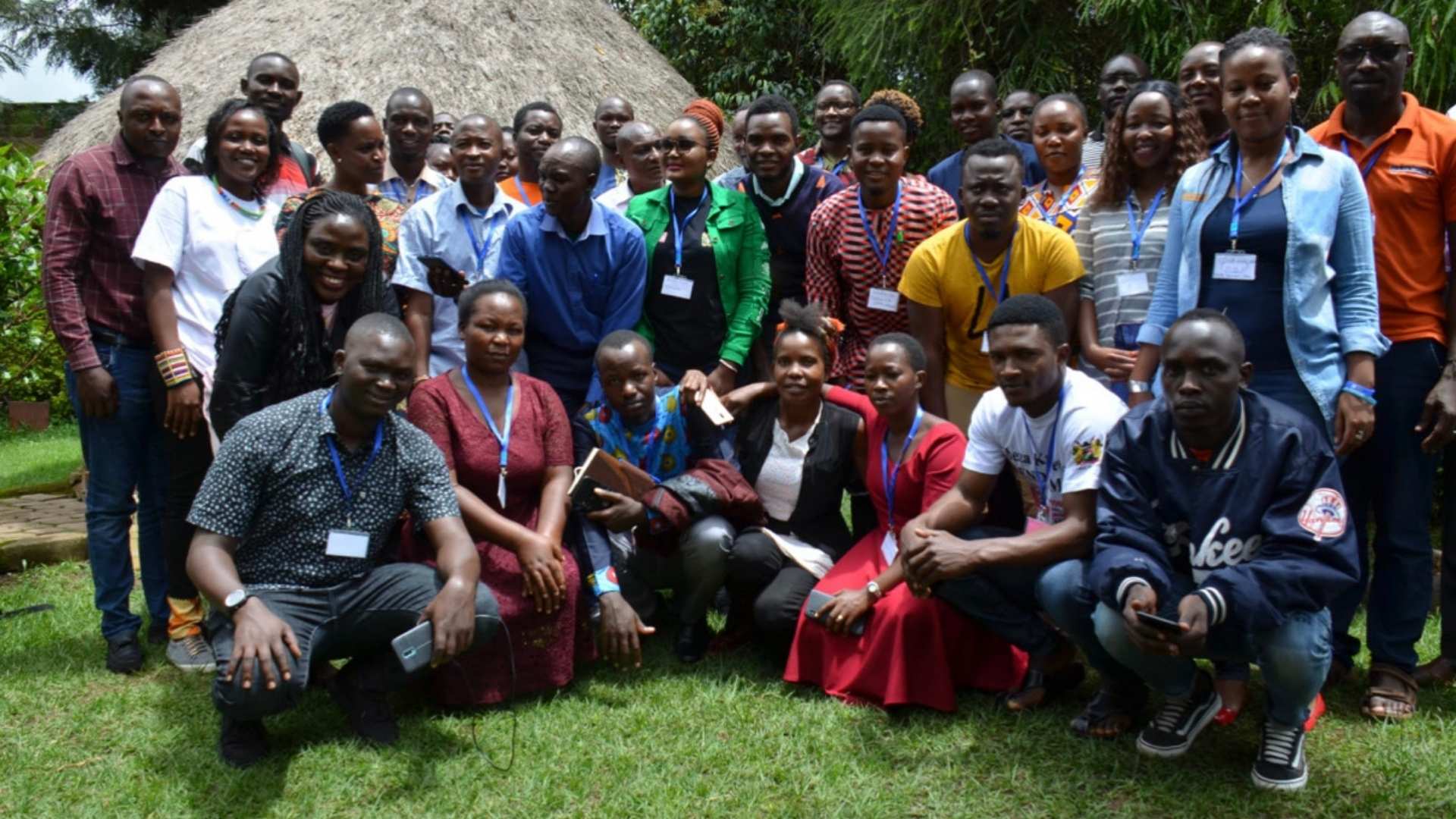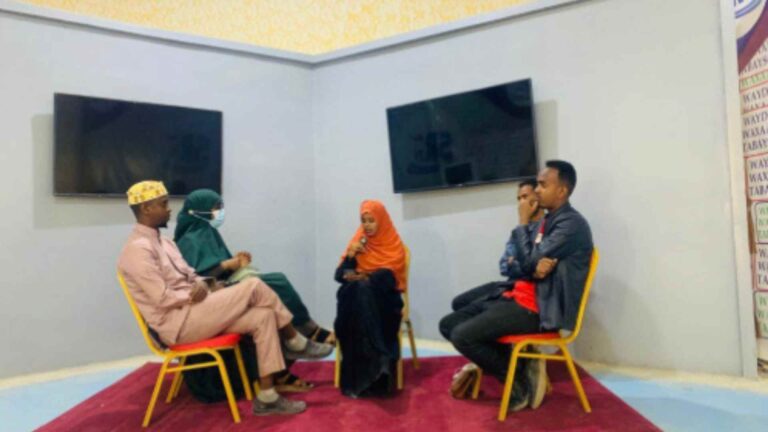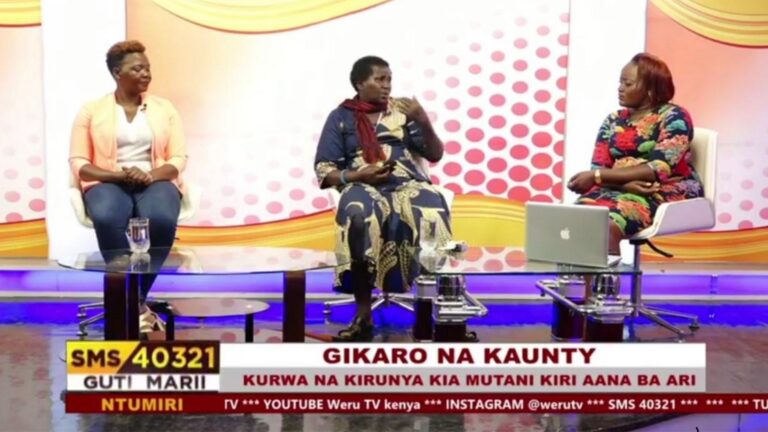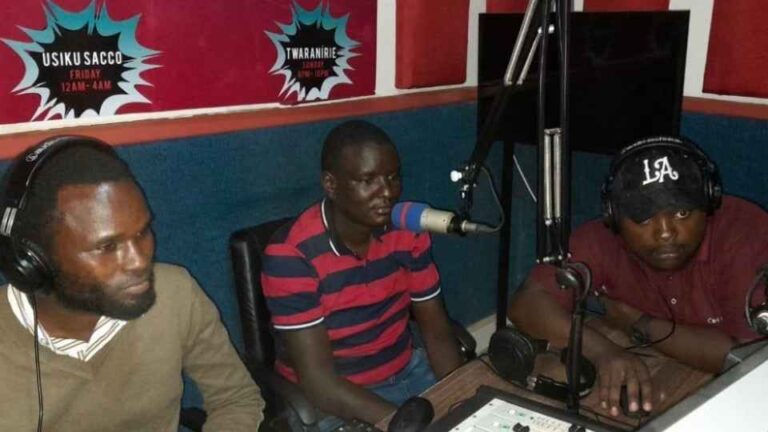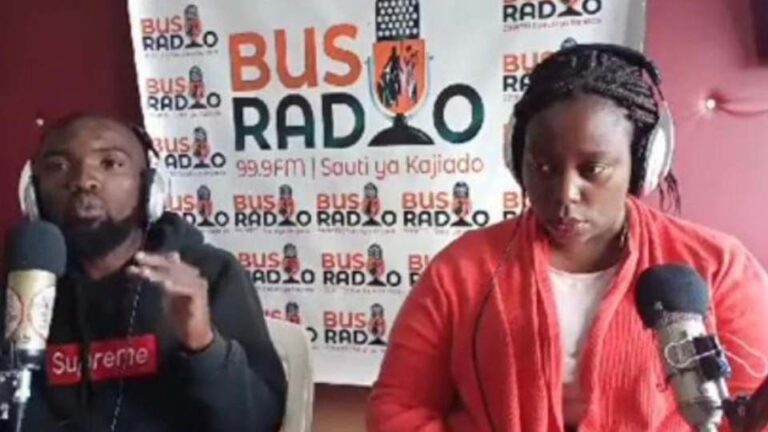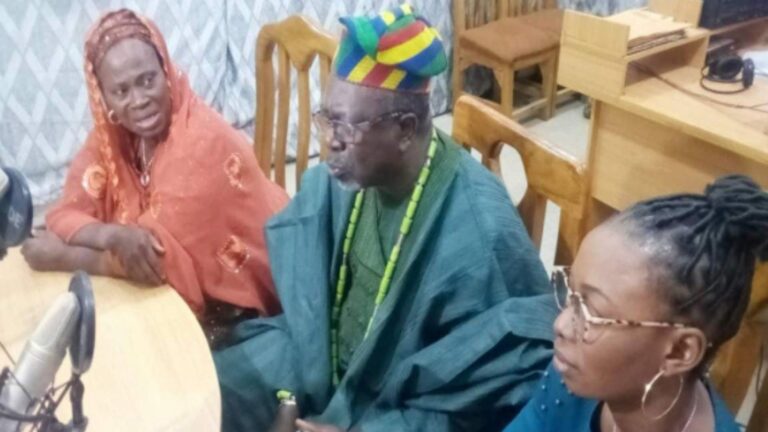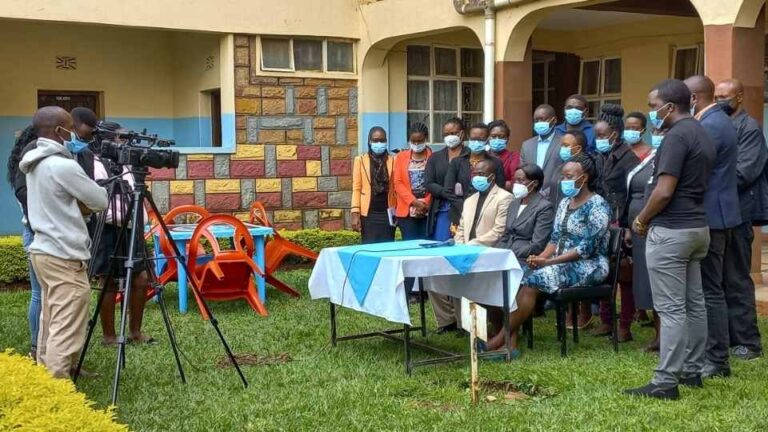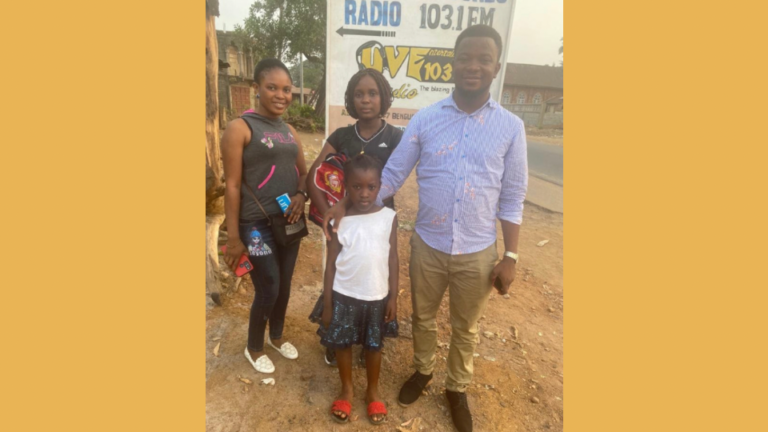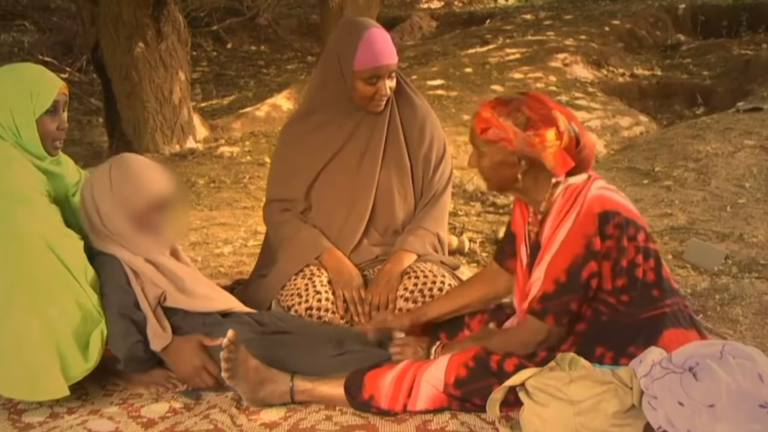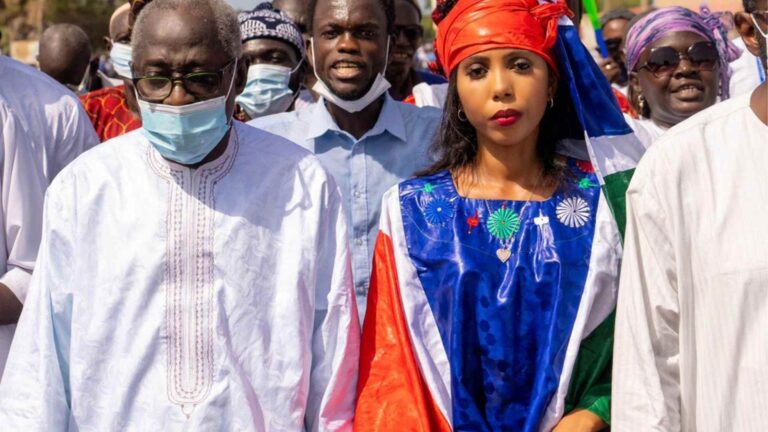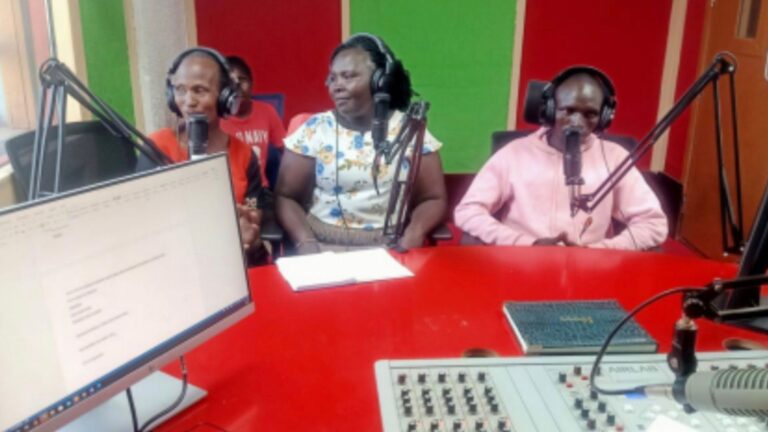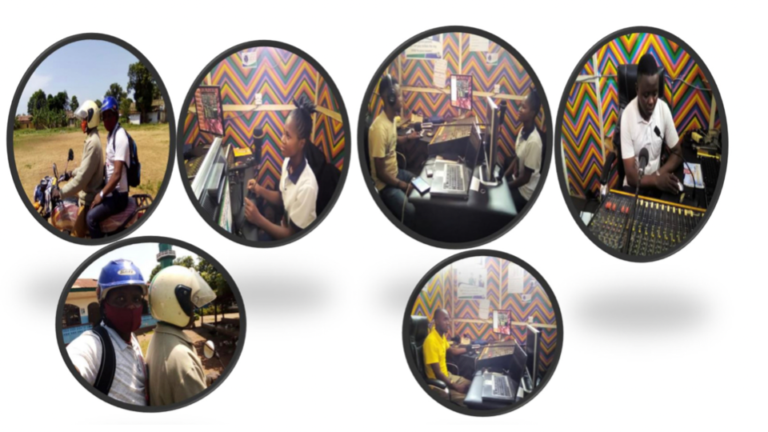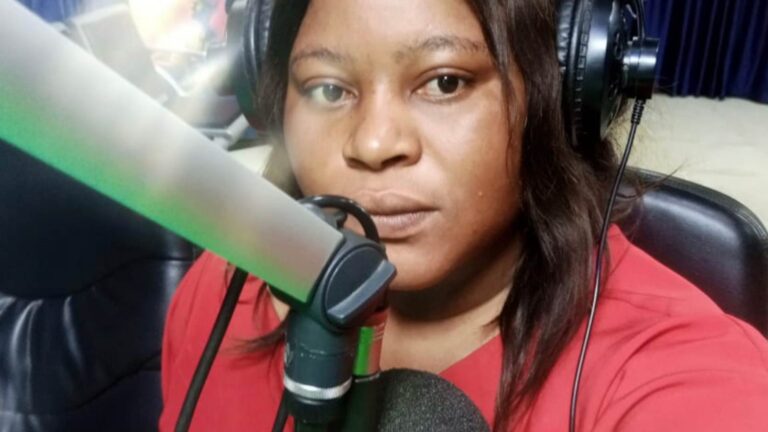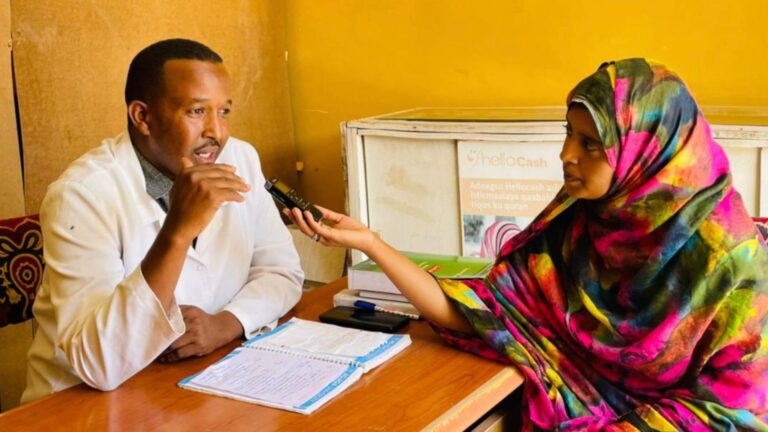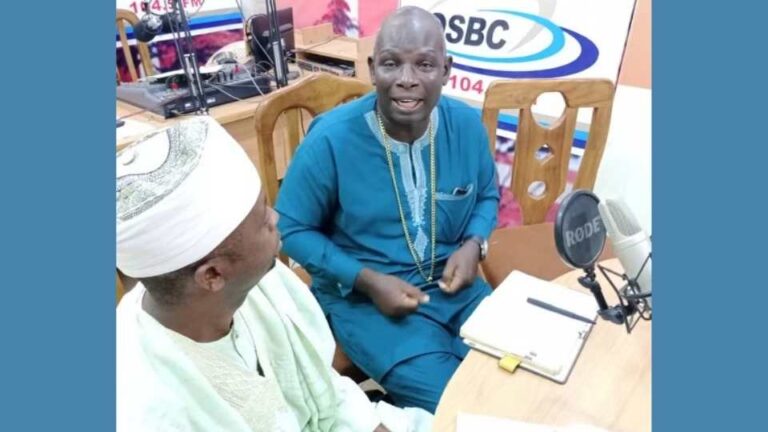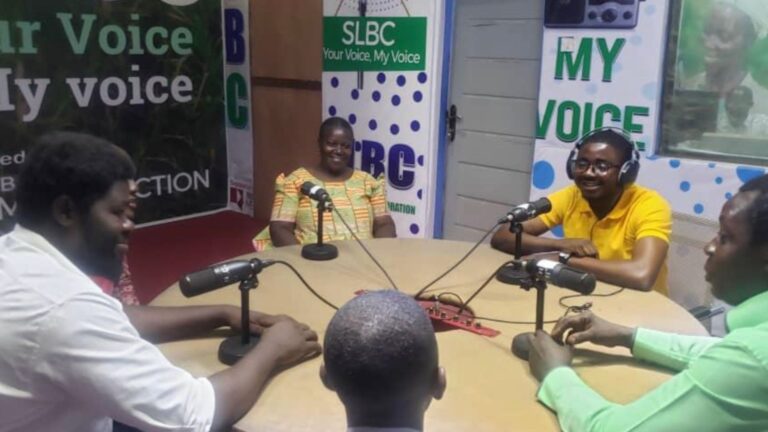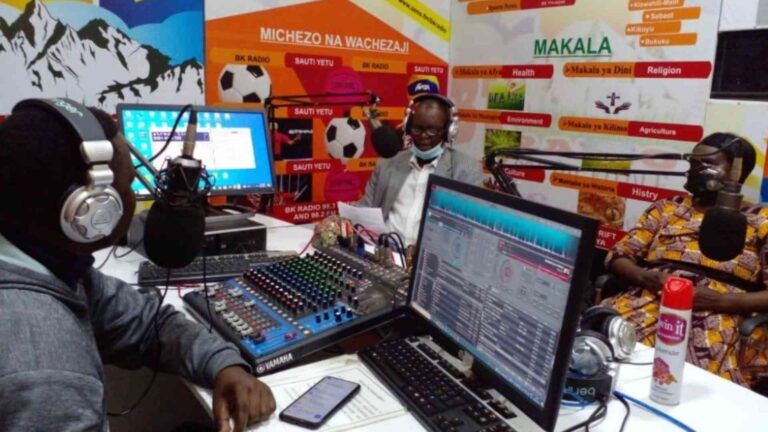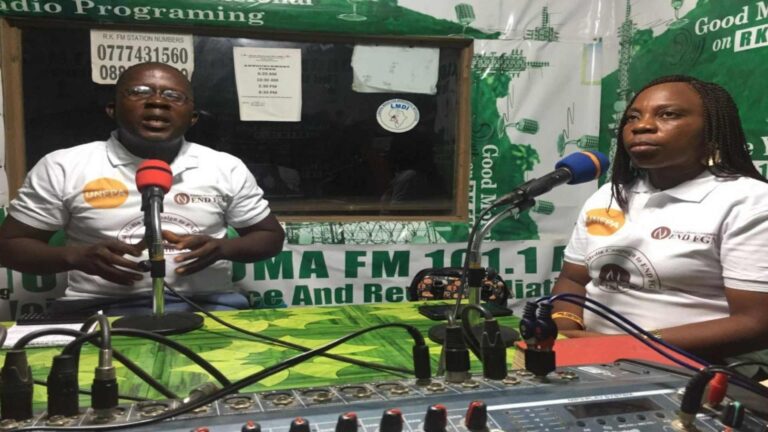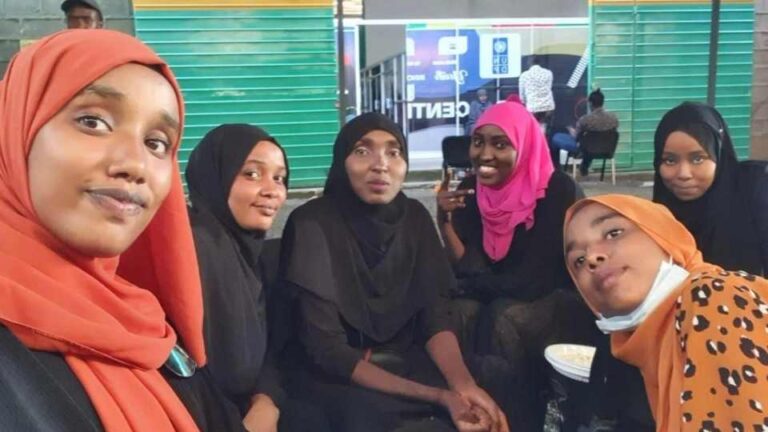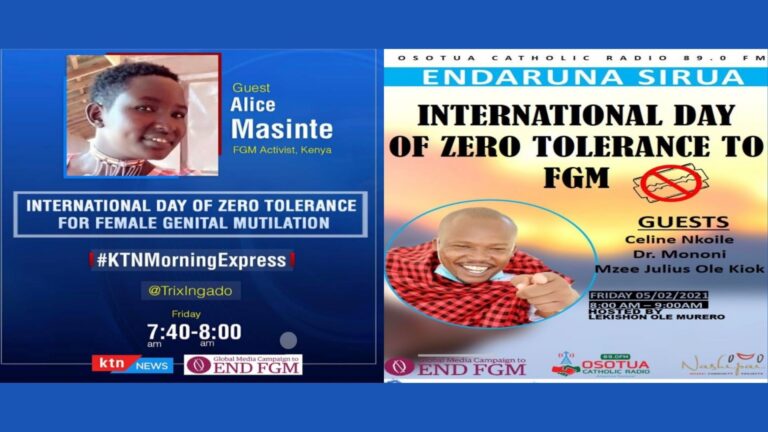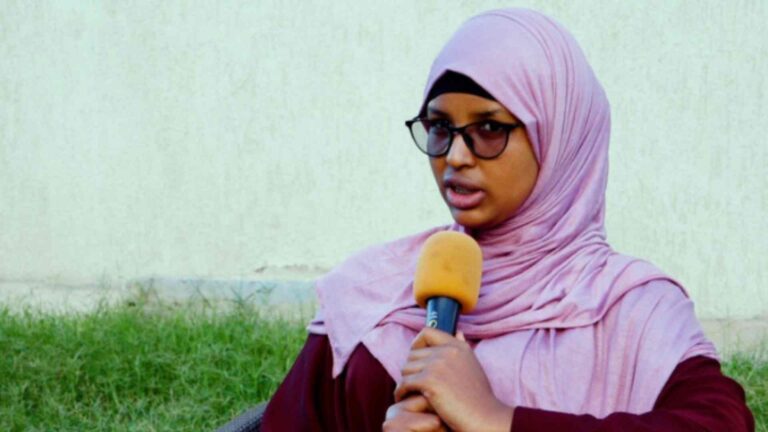By Peter Kemei,
Brief introduction of the project
Over the 2021 December holidays, there was a surge of Female Genital Mutilation (FGM) cases in the Kuria region of both Kenya and Tanzania. Cutting started in Tanzania and crossed into Kenya where an estimated 500 girls were cut. Activists in Kenya have expressed fears of a possible FGM surge in the same region when schools close from 5th March to 25th April, a period that also features the Easter holidays. It is on this background that GMC organised a two-days strategy meeting, bringing together activists and journalists from both Kenya and Tanzania to come plan and come up with strategies to curb the anticipated surge of FGM along the borderline
The meeting was held on 11th and 12th February 2021
Day 1
Day one sessions started at 9:00 am with participants introducing themselves by name, country, and the name of the organisation or media house they represent. The session was facilitated by Vincent Ogalo, an Anti-FGM champion based in Kuria. Thereafter, the participants were requested to share their expectations as well as come up with ground rules to guide the two-day engagement. Each participant wrote their expectations on yellow sticky notepaper and the ground rules on pink sticky notepaper.
After introductions and setting ground rules, Jeremiah Kipainoi introduced GMC, played a video explaining what the organization does, how they work with both activists and journalists, and the area of coverage in Africa. He then provided the background information of the Kuria FGM issue and an overview of the previous activists’ and journalists’ campaigns that has necessitated the need for this convention. He briefly took the participants through the two-day program, setting the stage for discussions to start.
Mr. Gregory, an activist from Kuria then guided participants in identifying coordination issues witnessed in the previous campaigns. The participants were grouped into three, with each group tasked to identify coordination issues witnessed in the past in the anti-FGM campaign, with main lessons drawn from the December campaign. They listed the problems experienced, challenges witnessed, and the positives from the December campaign…
Each group then presented to the overall audience on the identified problems, which are summarised as below:
- Threat to activists’ lives by hostile community conformists who believe FGM is their culture and must be protected at all costs
- Government agencies view activists as alarmists and those out to seek the attention of donors
- FGM is being viewed by the community members as a money minting scheme for local activists
- Lack of political goodwill among political leaders
- Lack of support to investigative journalists to unearth the issues around FGM in Kuria
- Lack of support by media houses in airing FGM stories due to prioritization of politics and fear of their radio stations lacking goodwill in the community
With the coordination issues identified, Mr. Peter Kemei then took the participants through an overview of FGM in the two countries, highlighting the verified data in form of the overall prevalence of each country and the most affected regions, types of FGM, main drivers of the practice, the legal framework on FGM in the two countries and the emerging trends.
Key takeaways are:
- FGM prevalence in Kenya is 21% while in Tanzania its 10%. However, the number of girls and women who have undergone FGM in Kenya is 4 million as compared to Tanzania’s 10 million. While FGM could be viewed as being of high prevalence in Kenya, Tanzania has more survivors of the practice yet its prevalence is lower than Kenya’s
- Kenya has enacted an act prohibiting FGM in its country and across its borders. The Prohibition of FGM Act 2011 establishes the Anti-FGM Board that coordinates the fight to end the practice in Kenya. The act also explicitly explains the offenses and the penalties for the same if one is convicted. However, Tanzania has no such action and only relies on the Sexual Offenses Act of 1998 and the Penal Code in prosecuting FGM. The penalty as stipulated in the Sexual Offences Act is so lenient to an extent the perpetrators are not afraid of conviction.
- In both countries, the age of cutting ranges from infancy, childhood, and adolescent/puberty as girls are prepared for marriage
- The main drivers in both countries are:
- Sexual Promiscuity – it is believed FGM curbs sexual urge, hence making women more faithful
- Marriageability – men prefer women who have undergone FGM as wives, as tradition demands
- Rite of passage – from childhood to adulthood
- Cleanliness – a belief that uncut women are unclean (they “smell bad”). In Tanzania, it is also believed that FGM is a cure for “lawalawa”
- Emerging trends include medicalization, cross-border FGM, and the cutting of women who are already married. This is happening when women are giving birth, or at the time when their boys undergo traditional circumcision rites.
After the lunch break, Mr. Jeremiah led the team in an active discussion on the role of activists and journalists in on-ground and media campaigns. He provided and guided an interactive and informative discussion on guidelines and ethics in media reporting as well as safeguarding issues for survivors of FGM, stressing the Do No Harm principle to avoid re-victimization of survivors. This marked the end of day one. This session was important because activists and journalists got to understand what journalists look for in their stories, what campaigners look for in journalists, and how to work better together.
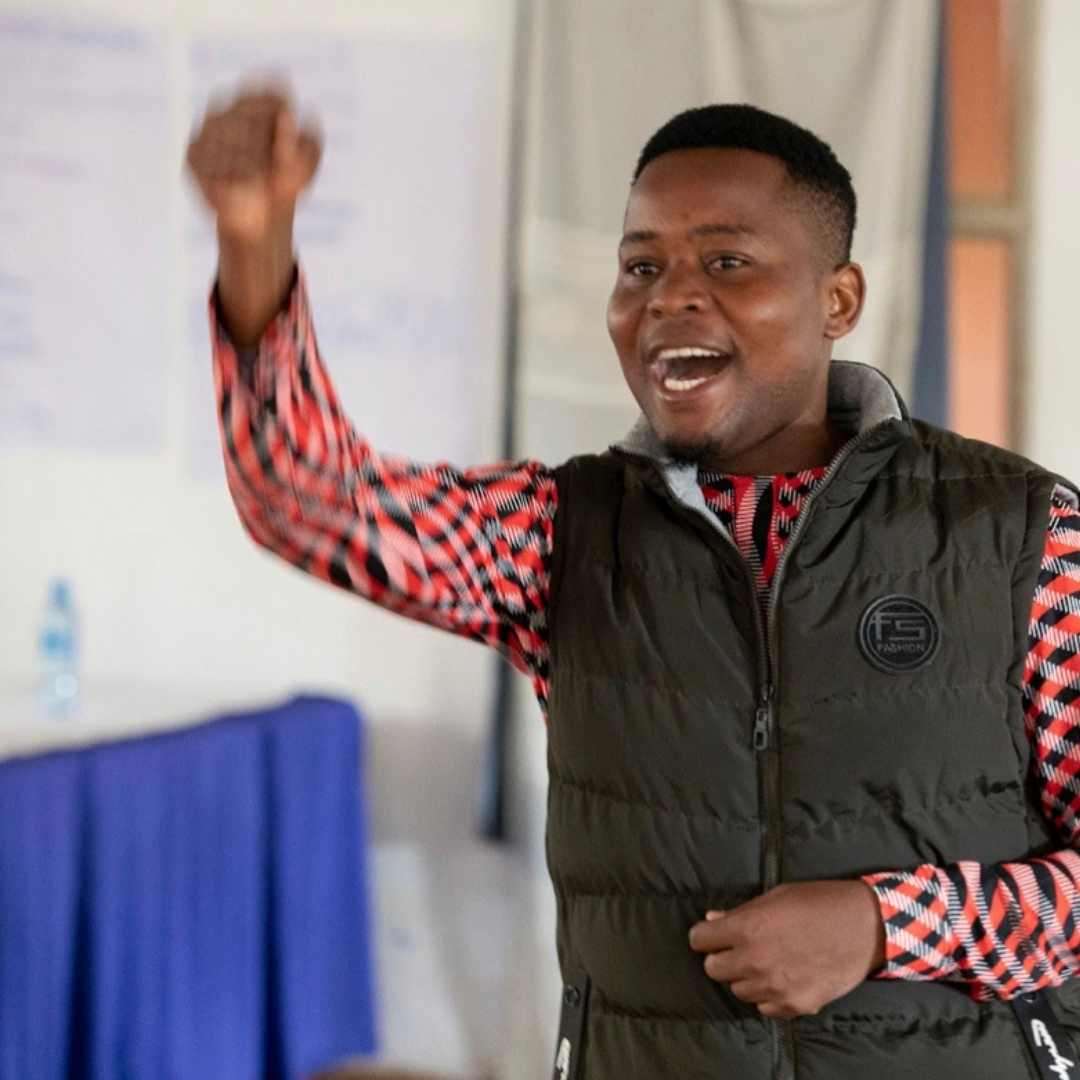
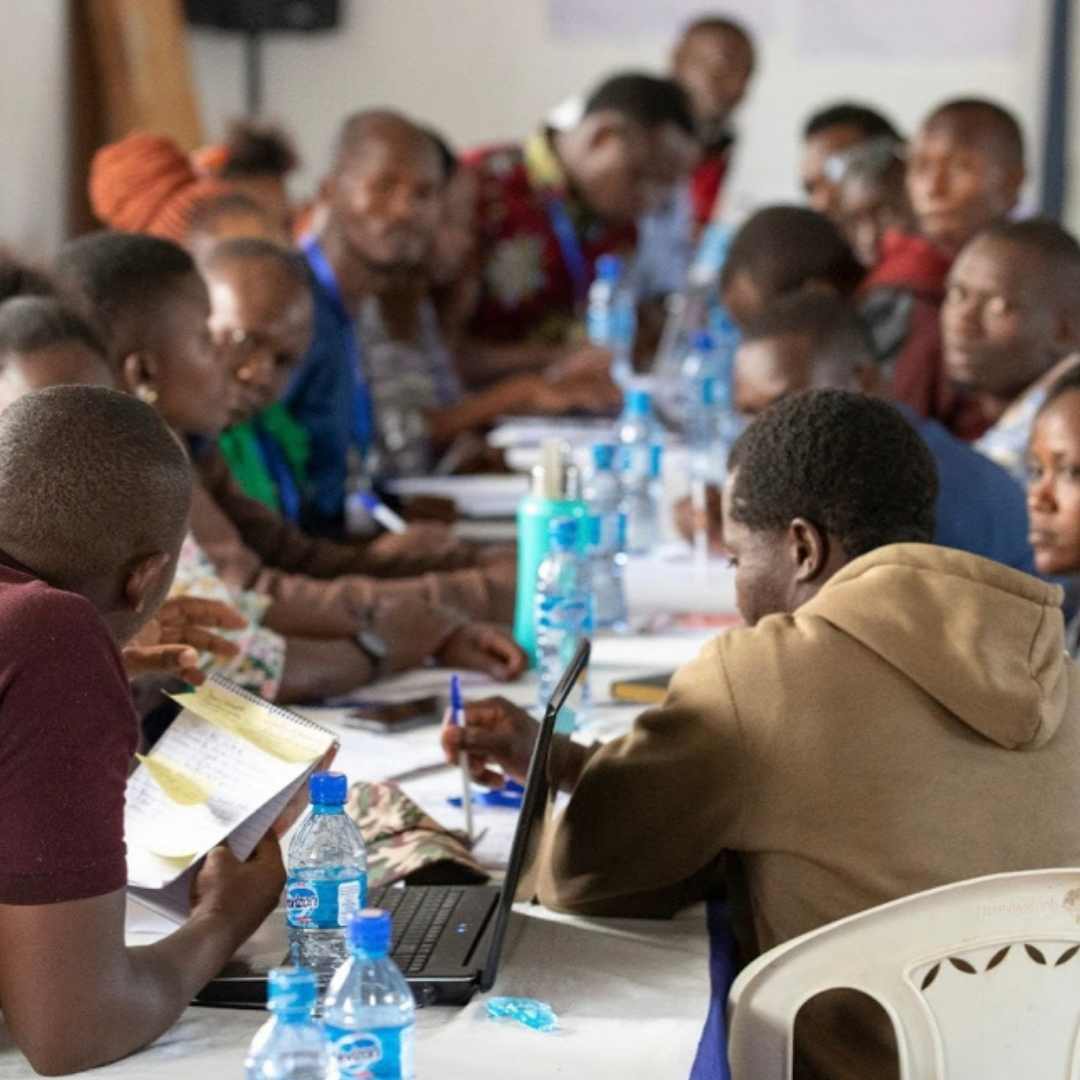
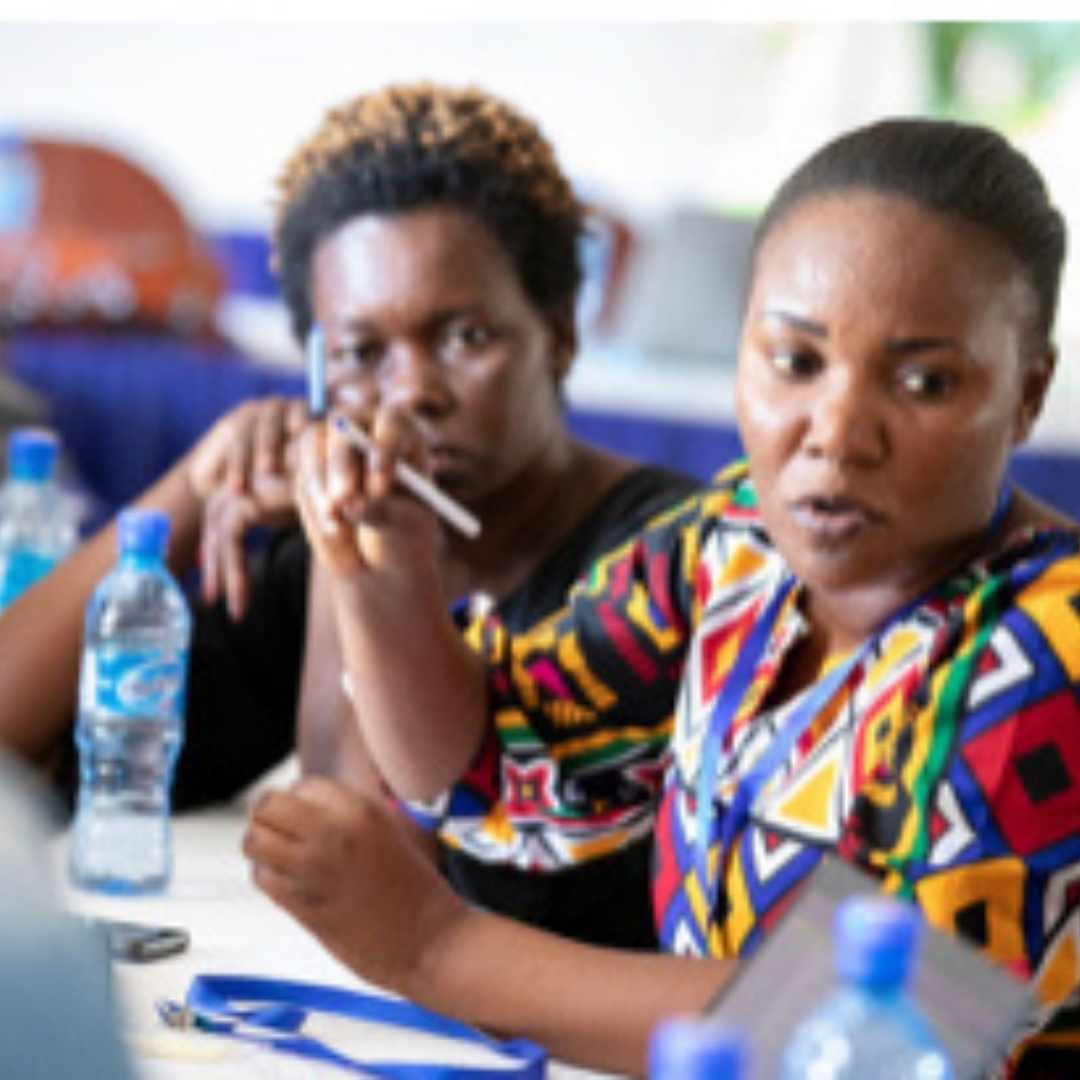
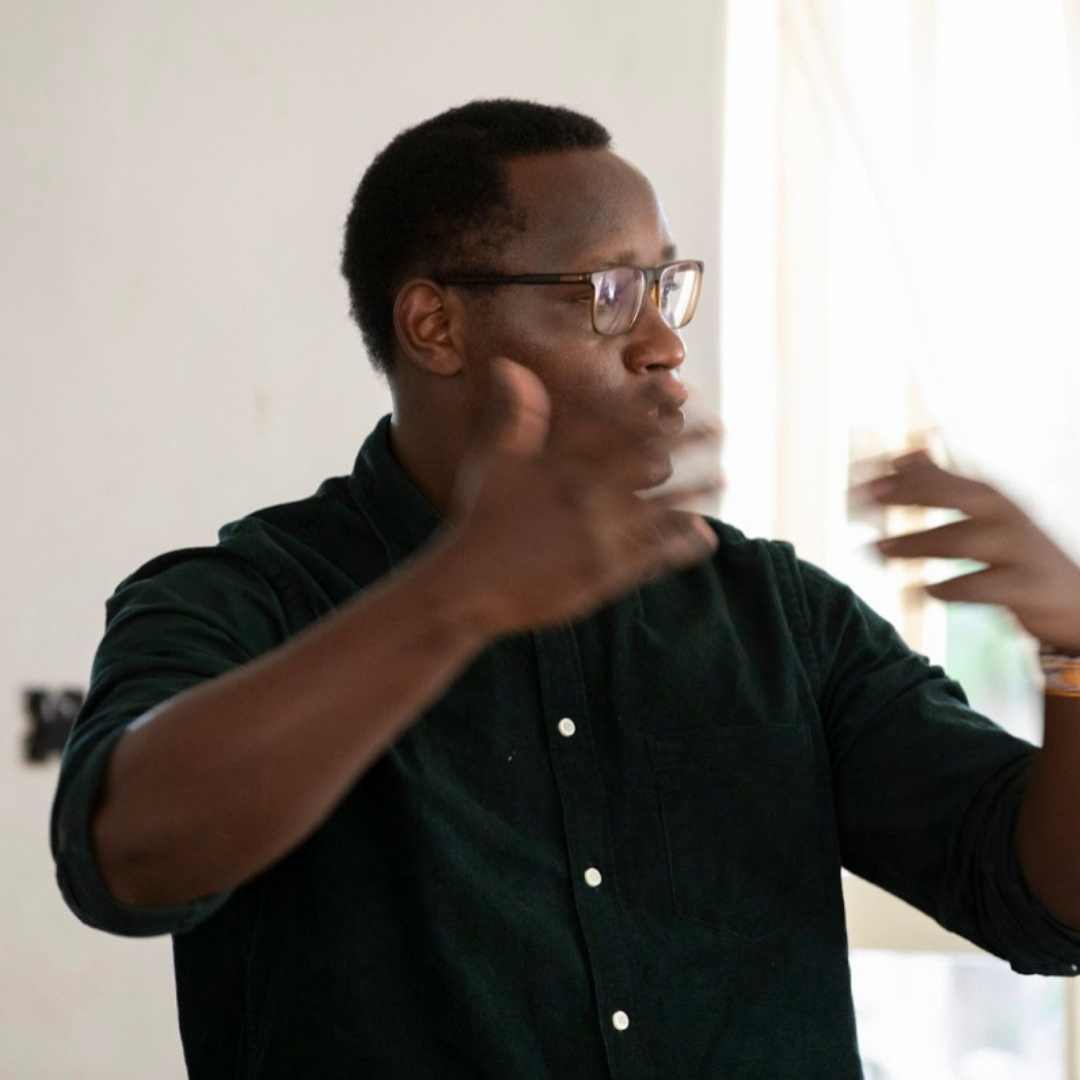
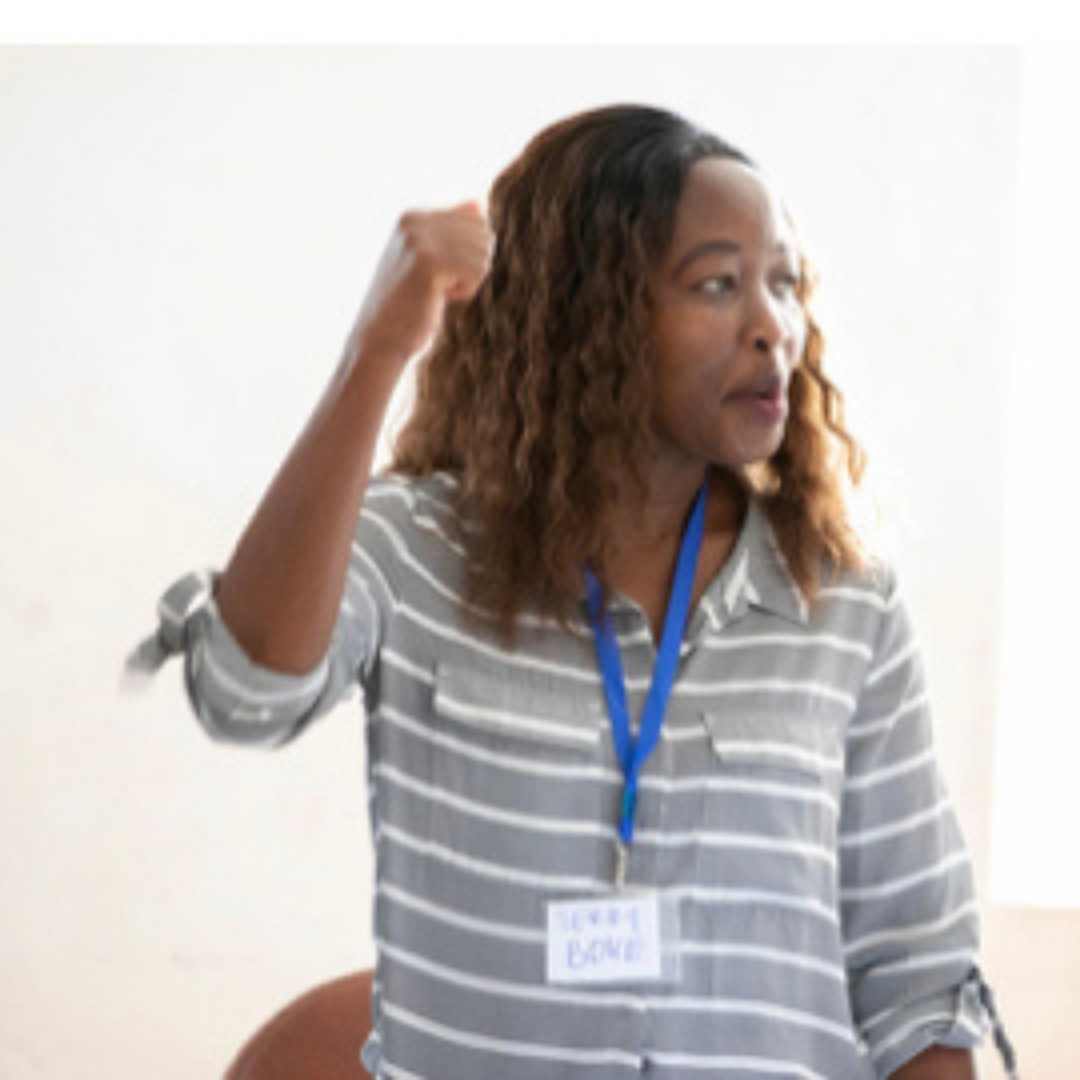
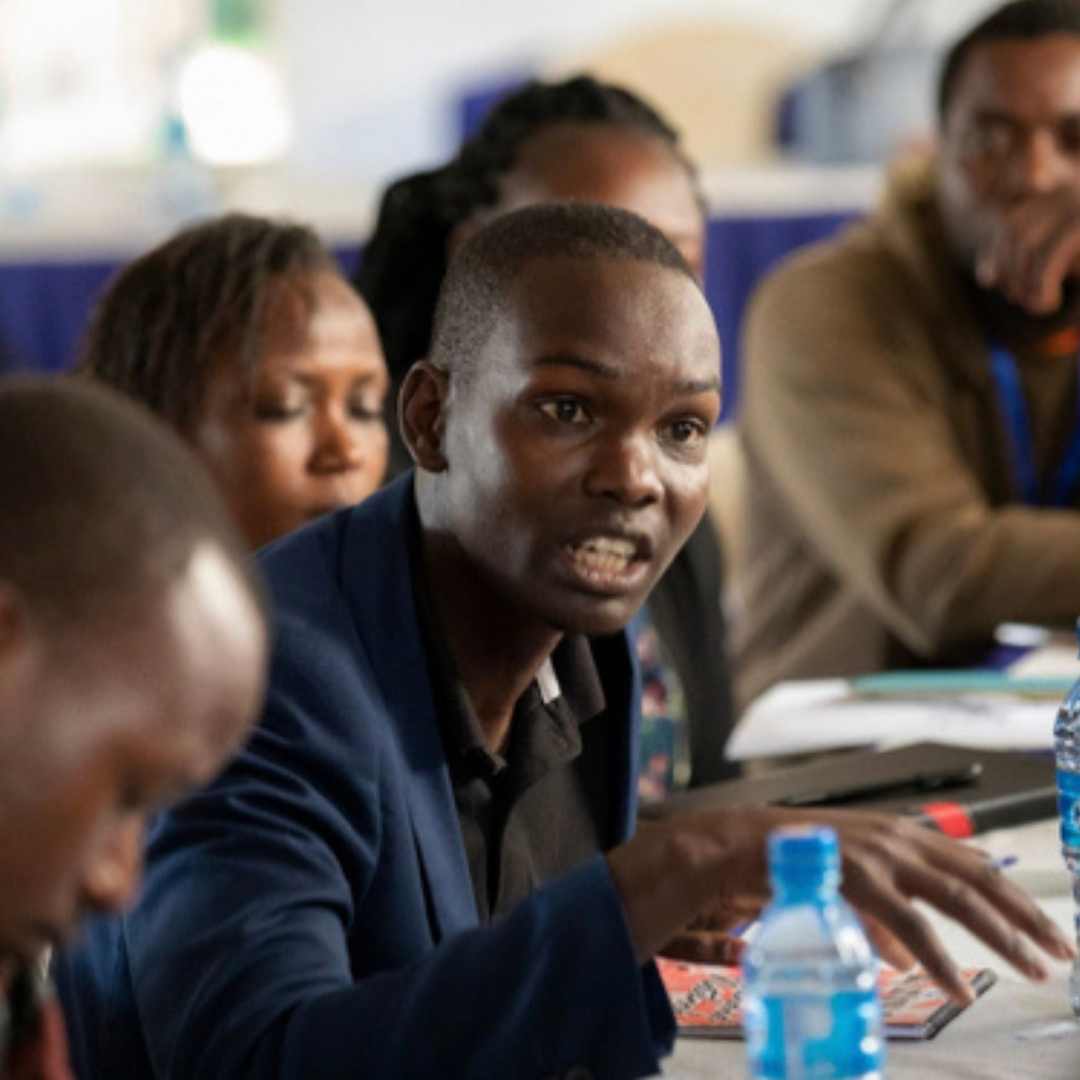

Day 2
Day 2 began at 9 AM, with a volunteer taking the team through what was done the previous day. The Tanzanian team leader, Valerian Mgani, led a session on “How to tackle the expected Easter cutting surge” Here, journalists and activists from Kenya and Tanzania sat in different groups to deliberate on country-specific strategies to prevent or stop FGM in April. The two teams came up with country-specific solutions for both within their sub-counties and along their borders.
These resolutions are:
- Strengthening the police border patrol – this could be done by having the police lead in roadshow sensitization of the public on the danger of being caught participating in FGM. They suggested for provision of a public address system and fuel for vehicles to do both sensitization and rescue missions.
- Mapping out FGM traditional cutters and top clan elders perpetuating the practice – there was suggested the need to closely monitor the movement of cutters and clan elders promoting FGM. in addition, the reformed cutters and elders who are against FGM can be used as ambassadors in awareness roadshows, radio talk shows and village barazas (town hall meetings) to denounce the possibility of uncut girls being pronounced with curses
- Activists are to act as informers to police and other authorities with the mandate to arrest and prosecute perpetrators.
- Organize a cross-border bonanza, where young boys and men can be engaged in football and other sports tournaments featuring teams from both Kenya and Tanzania to address cross-border FGM. The bonanza will also be used to sensitize participants and the general public on FGM and its effects and broadcast on the media.
- Organize in-school awareness sessions for Tanzania who will not be breaking for a holiday in March, while for Kenya, the activists liaise with schools to share names of girls presumed to be at risk of FGM to be hosted in safe spaces until the cutting period is over. There was a proposal to use school clubs in peer-to-peer discussions on FGM in school setups
- Strengthen reporting mechanisms among all actors including youth, CBOs, FBOs, and government agencies, and credible evidence collection to support the information provided from the ground
- Strengthening media coverage of FGM cases and enhanced media campaign on the need to abandon the practice
- Engage religious leaders especially pastors and bishops across all denominations as well as Sunday school teachers in spreading an anti-FGM awareness campaign amongst congregants and children
- Engaging bodaboda operators to help in reporting cases of FGM as well as aiding in the rescue of girls at risk of FGM and taking them to safe spaces/rescue centers
- Sensitization of parents for smooth integration of girls in rescue centres and safe spaces back home after the cutting season is over and making them understand why their daughter should not undergo FGM. This will help in protecting the girls at risk from future cutting seasons
- Notification of security operators in advance for patrol
- Facilitate jingles and radio talk shows to sensitise the community. Journalists who are radio hosts pledged to work closely with activists to share relevant and verified information that they will use for mentions during their programs. Journalists were challenged to set the agenda and make FGM an important topic of discussion as politics is
- Proposal to take cutters out for vocation or training during cutting season, and be brought back after the season is over. Also to be included are potential cutters, especially wives to the council of elders who are traditionally empowered to cut girls in absence of known cutters
- A proposal to have spies across the hotspot areas in advance
- All stakeholders were tasked to look for resources to finance the stated resolutions
Way Forward:
Due to time limitations, the team agreed on the following as a way forward:
- Organize a Zoom meeting to discuss the actionable work plan, with hope that partners will have committed resources to facilitate the implementation of the work plan
- Organize a Zoom meeting with journalists only to discuss strategies in covering FGM status in the region, as well as how GMC can work with them.


